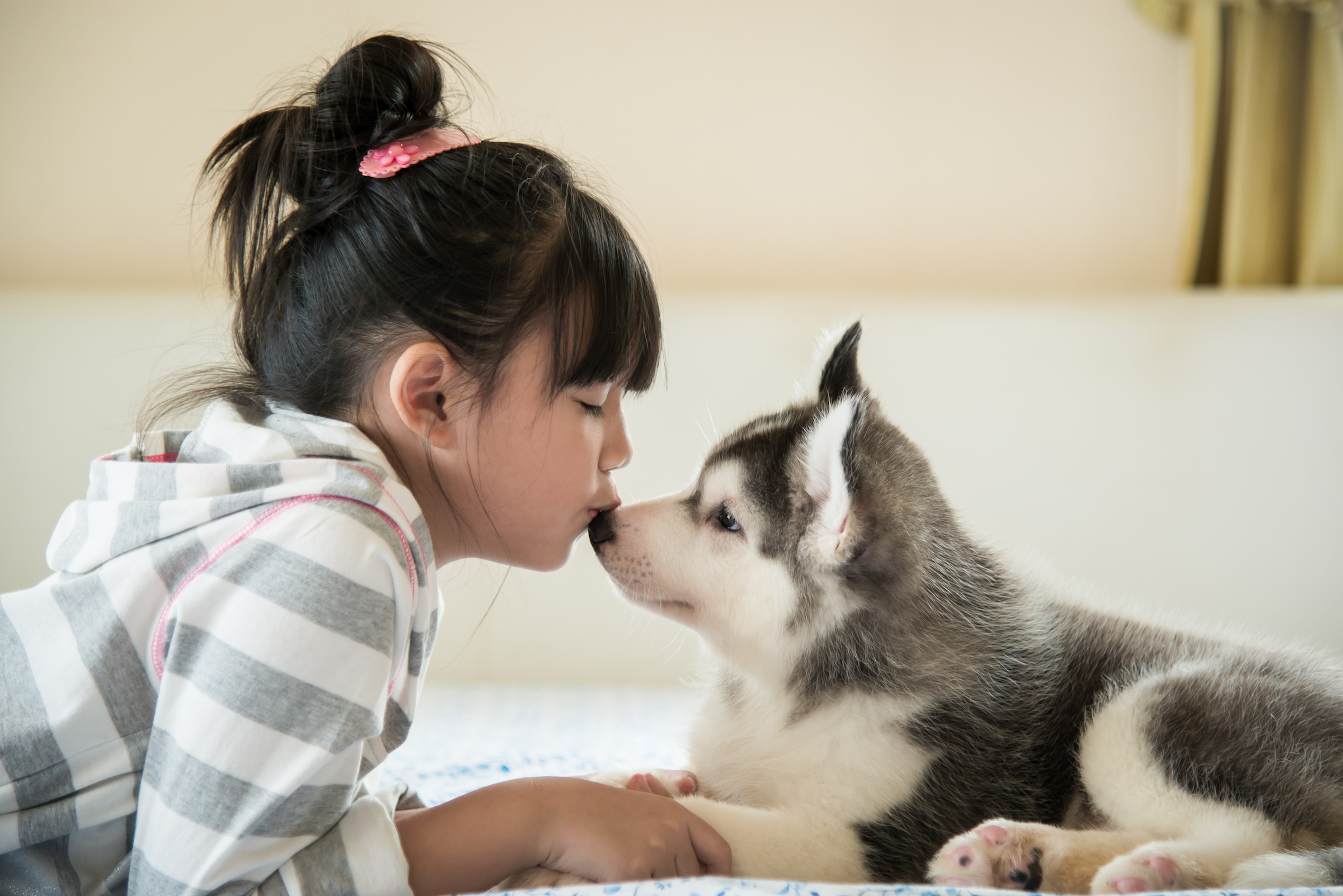Why do dogs have cold noses?
Why do dogs' noses usually feel cold and wet?

After an especially good belly rub, a dog might bump its nose into its human as a way of saying thanks. Often, this snoot boop feels cold and wet. The owner might wonder: Is it normal for a dog's nose to feel like this?
The answer is yes, it's normal. But so is a warm nose, especially after snoozing, said Anna Bálint, a researcher who studies animal behavior at Eötvös Loránd University in Budapest, Hungary. "When a dog is asleep, their nose usually warms up, and it also dries," she told Live Science. Then, the dog wakes up, gives its nose a lick, and it's back to cold.
But why are dogs' noses cold, and could there be a benefit?
Related: Are dogs really smiling at us?
One idea is that the dog's cold nose could help the furry beast regulate its body temperature. But the nose tip is so small, it's likely unable to meaningfully contribute to a dog's overall thermal regulation, Bálint said.
To investigate further, an international team of scientists measured the temperature of many animals' noses, including a horse, dog and moose. By the time Bálint joined the project, the team had already learned that the nose tips, or rhinariums, of dogs and carnivorous animals are usually cooler than those of herbivores. Perhaps, a cooler nose tip could be an advantage in the wild, the researchers thought.
The team conducted two experiments — one looking at behavior and another at the brain — to see whether a cold rhinarium could make for better heat detection. In the first experiment, the team successfully trained three pet dogs to choose a warmer object, about the same temperature as potential prey, over an object at room temperature. The results indicated that dogs can detect weak thermal radiation from a distance akin to hunting prey.
Get the world’s most fascinating discoveries delivered straight to your inbox.
In the second, brain-centric investigation, scientists presented a box containing warm water and an insulating door to 13 pet dogs trained to lie still in a functional MRI scanner. The dogs' brains had a higher response when the insulating door was open, revealing the warmer surface, as compared with the neutral one. The region that lit up on the MRI was located in the left hemisphere only. This side of the brain interests scientists because it tends to process responses to food, which in turn has been linked to predatory activity in many vertebrates, Bálint said. The specific region that lit up in the dogs — known as the somatosensory association cortex — helps bring together different sensations such as vision, body position and warmth, she added. This part of the brain combines these senses simultaneously in order to plan an action toward a goal, like targeting an object.
Given that this left-sided neural region lit up when the nose tip was exposed to a warm surface, it's possible that dogs, and possibly other cold-nosed animals, could be using a heat detection sense along with other senses in their 'hunting toolbox' when they're in pursuit of prey, the researchers said.
Although the recent study, published in February 2020 in the journal Scientific Reports, is too small to firmly close the case on cold noses, Bálint said a cold nose could be more sensitive to differences in temperature. "People think canines follow their olfaction [sense of smell], which is probably really true," Bálint said. But windy conditions or stormy weather can make it hard for a working dog to follow scents. "A heat signal could help them."
So, why is a dog's nose cold? Bálint and her team continue to search for answers to this question. Now, they're wondering at what distance this type of heat detection could be useful. For now, only the dog's nose knows.
Originally published on Live Science.

Dani Leviss is a freelance science writer and fact-checker based in New Jersey. She often covers water, animals, art, chemistry and technology. She has written for Scholastic, Hakai Magazine, IEEE Earthzine and News-O-Matic. Dani has a bachelor's degree in chemistry from Drew University in New Jersey. She also has a master's degree in science journalism from New York University.



